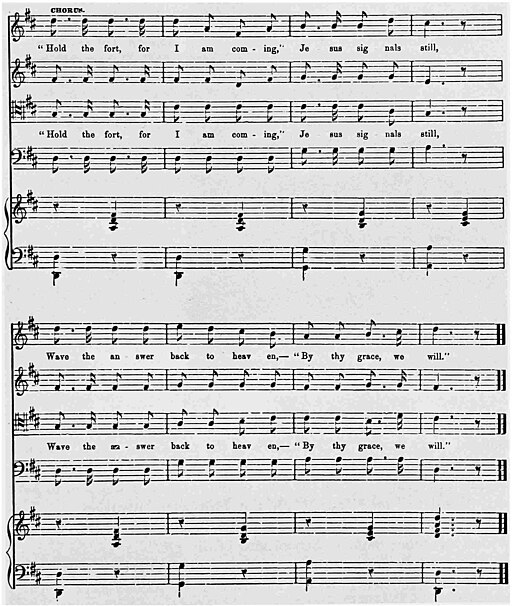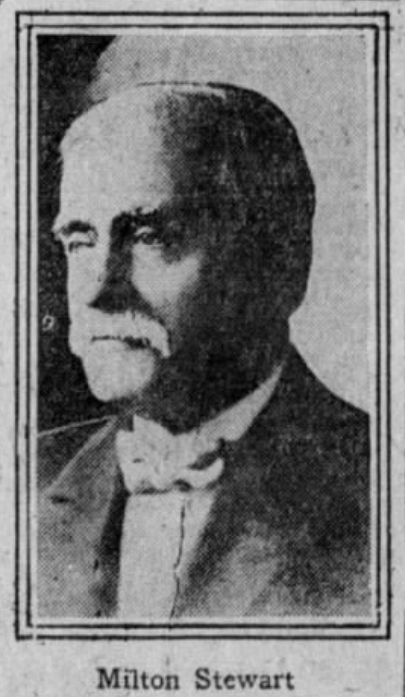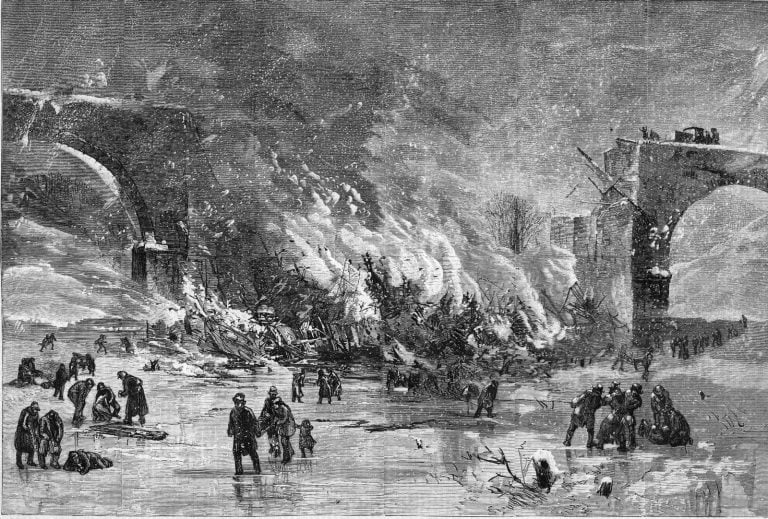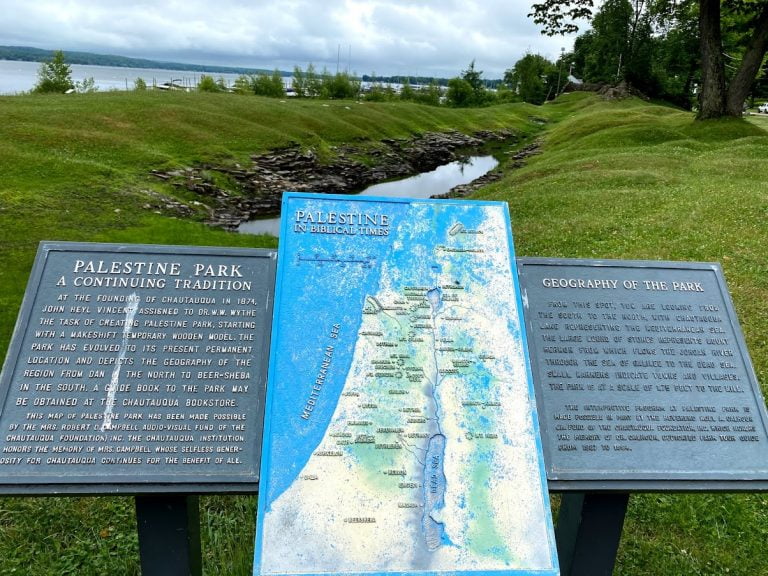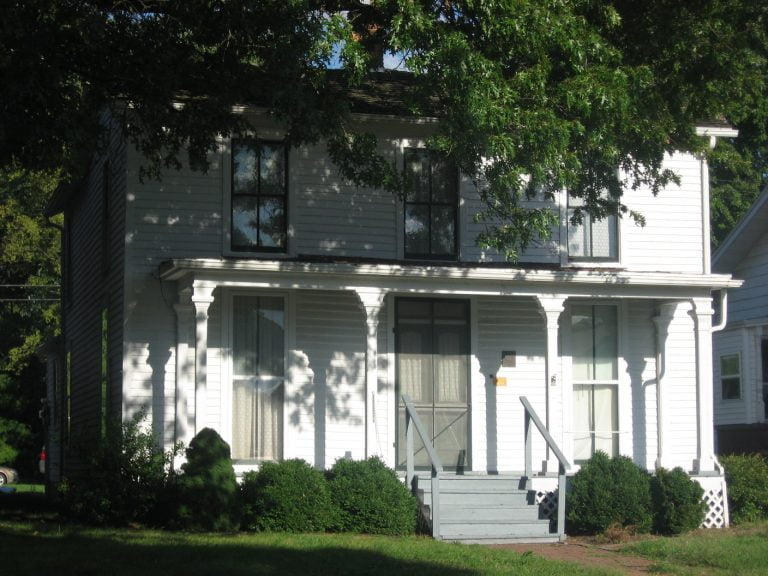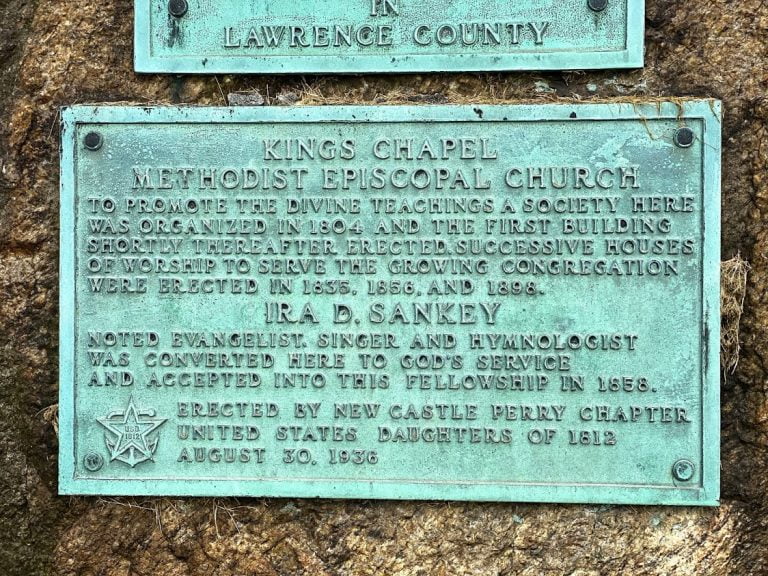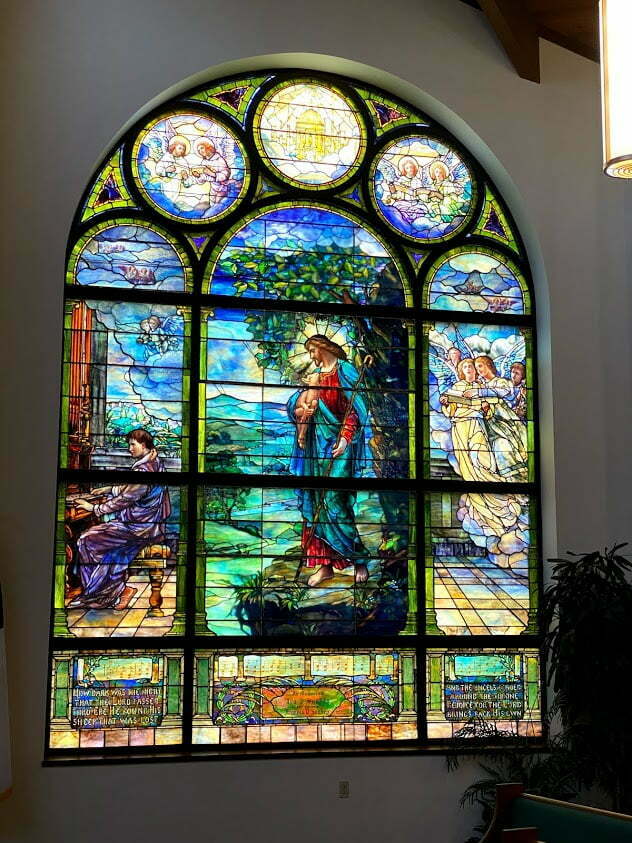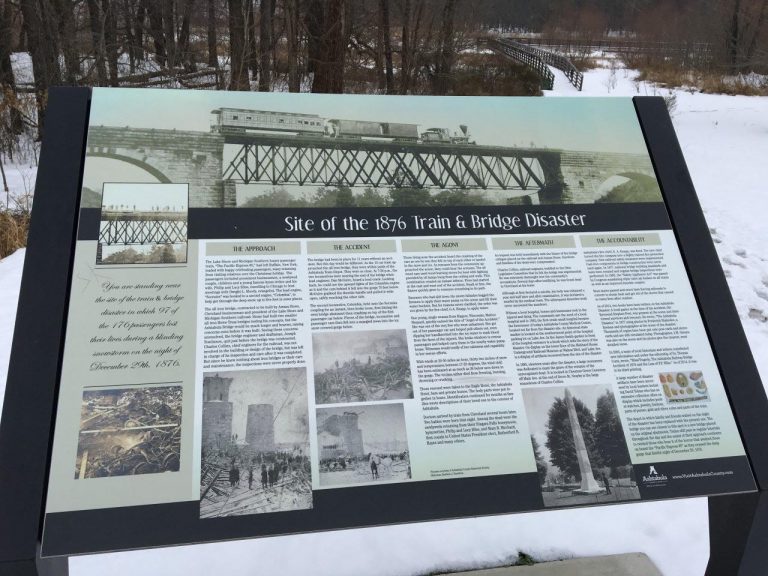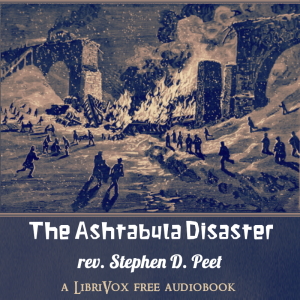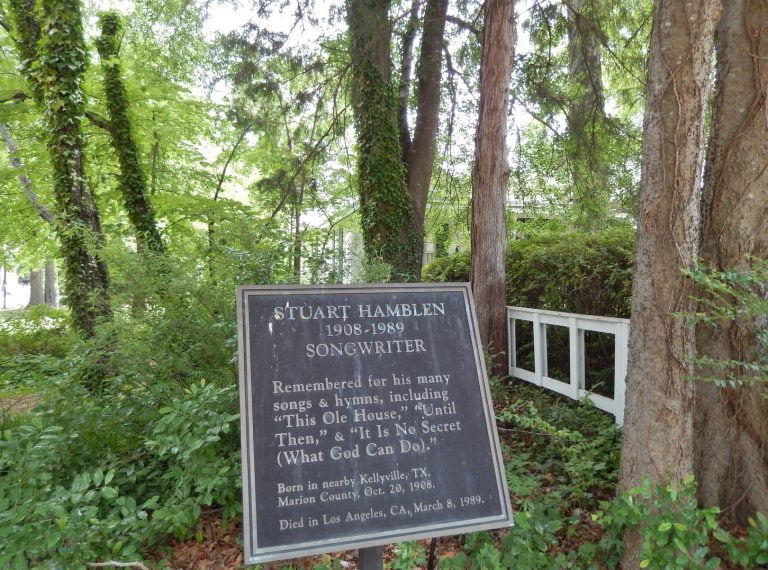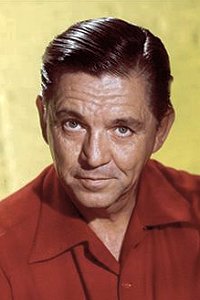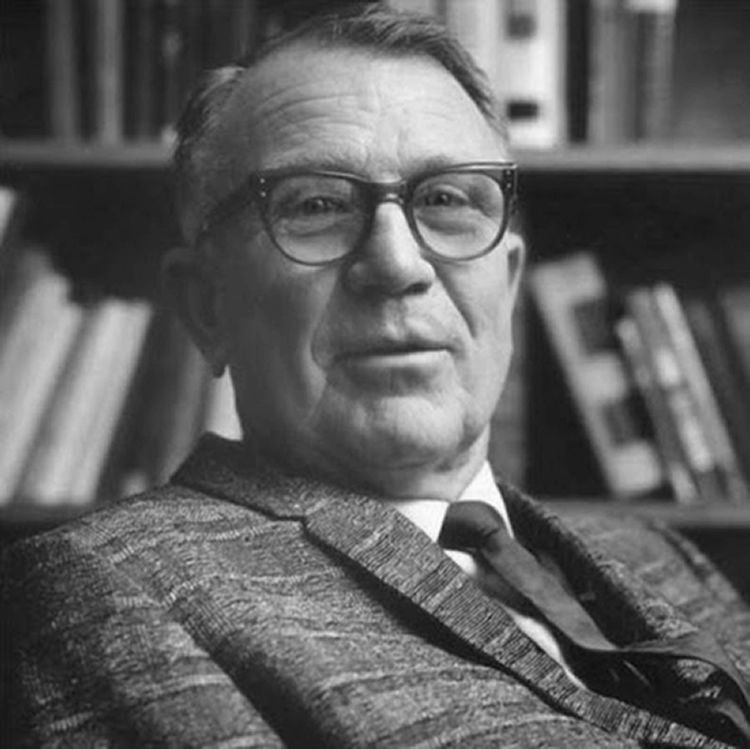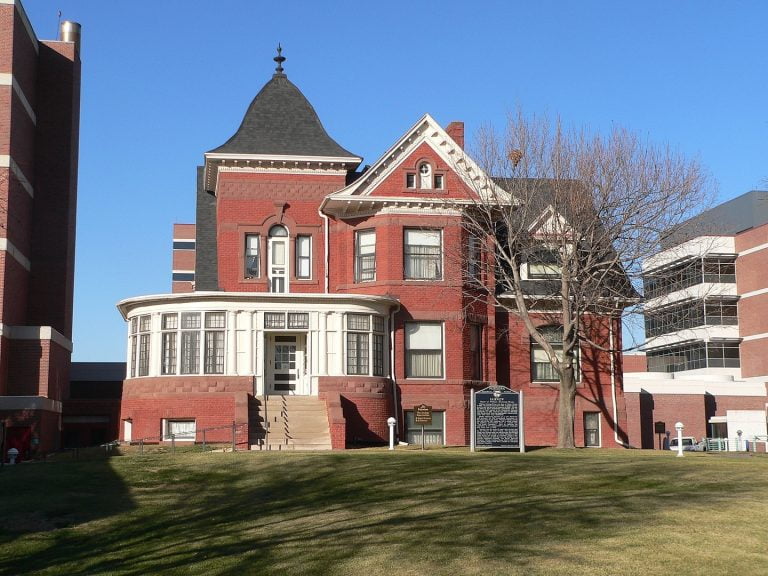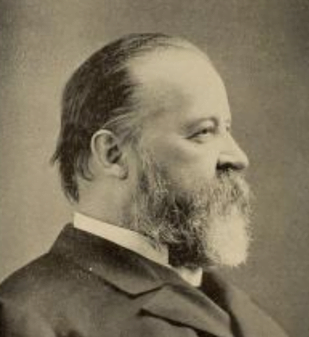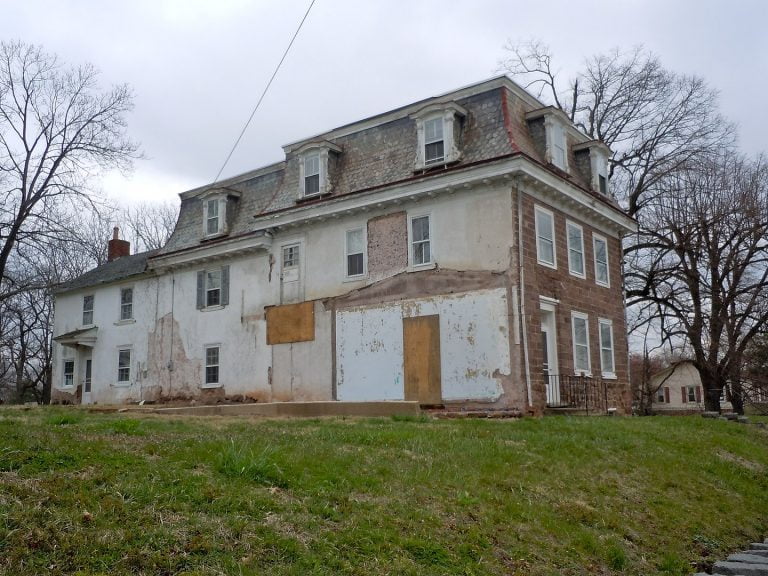Favorite
Image Credit: Photo: Philip P. Bliss Marker. www.hmdb.org/PhotoFullSize.asp?PhotoID=155306. The marker reads: The great singing evangelist and gospel song writer was born July 9, 1838, in a log house which stood a little distance from here. He lived and worked on the farm and in nearby lumber camps until the age of 16. Phillip Bliss was the author and composer of Read more...
Favorite
Milton Stewart (1838-1923) was described in the 1924 American Biography as: A Christian layman who gave the greater part of a vast fortune and the best thought of a keen and prescient mind to the advancement of the Kingdom to which he yielded devoted allegiance. Milton Stewart furthered great practical and religious projects in a manner distinctively his own, frequently Read more...
Favorite
On our road trip filming the first season of Our Christian Heritage TV, we had just interviewed a Philip Bliss impersonator, who shared the life and songs of the second most famous Christian hymnwriter. Philip Bliss (1838-1876), wrote many songs in our hymnals, including “Almost Persuaded,” “Wonderful Words of Life,” “Let the Lower Lights Be Burning,” “I am so glad Read more...
Favorite
Watch a short video about Phillip Bliss filmed on location From the Marker: “Near this site, an iron truss bridge collapsed into the Ashtabula River during a blizzard, plunging a passenger train with 160 on board into the gulf below. Nearly 100 people were killed in this, one of the worst train disasters in American history. The most well known Read more...
Favorite
The Chautauqua Institution in Western New York hosts over 100,000 people per year in ecumenical pursuit of learning and the arts. Towards the end of the 19th century, the Chautauqua Circuit took famous lecturers beyond New York throughout North America. But Chautauqua was founded in 1874 as the Chautauqua Lake Sunday School Assembly, a Protestant training camp for Sunday School Read more...
Favorite
Owned and operated by the City of Salem, Illinois, this home was constructed in 1852 for Illinois State Senator Silas Bryan. In 1860, Silas’ son William Jennings Bryan was born in this home. William Jennings Bryan later donated this home to the City of Salem in the early 1900s intended to be come a museum. William Jennings Bryan was Read more...
Favorite
The son of a circuit court judge who was known for praying before each decision, the three time presidential nominee William Jennings Bryan is commemorated with a statute by the sculptor of Mount Rushmore, Gutzon Borglum. Formerly sitting near the present JFK Center in Washington, DC, the statue was moved as a result of I-66 construction. Finally in 1961, the Read more...
Favorite
Kings Chapel Methodist Episcopal Church To promote the divine teachings a society here was organized in 1804 and the first building shortly thereafter erected. Successive houses of worship to serve the growing congregation were erected in 1835, 1856, and 1898. Ira D. Sankey Noted evangelist, singer and hymnologist was converted here to God’s Service and accepted into this fellowship in Read more...
Favorite
Referred to in the Moody Bible Institute archives. The story of the Ninety and Nine, one of Ira Sankey’s most beloved hymns is recorded in this beautiful stained glass window. Ira Sankey Stained Glass Window (Image Credit: Northeast – Sussman Architectural Products LLC. sussmanarchitectural.com/gallery/northeast.) This was a gift of Frances Victoria Edwards, Sankey’s wife, and was manufactured by Tiffany and Read more...
Favorite
On the east side of the river is a path to the bridge with additional information on the train wreck. Ashtabula Park, Marker on the Railroad Disaster. Photo by Randy Melchert Ashtabula Railroad Bridge, Photo by Randy Melchert Read more...
Favorite
Phillip Bliss and his wife were headed from their home in Rome, Pennsylvania, to Chicago to reunite with the evangelist D. L. Moody. On December 29th, 1876, their train, the Pacific Express was crossing a trestle bridge near Ashtabula, Ohio. The bridge collapsed, and the train cars fell into the ravine. In that day, each train car had a stove Read more...
Favorite
Listen to an audio narrative of the Ashtabula Train Disaster and learn more about Phillip Bliss in front of the hospital that was built as a result of the horrific disaster. Featured Image Credit: “The Ashtabula Disaster : Stephen D. Peet : Free Download, Borrow, and Streaming : Internet Archive.” Internet Archive, 28 Sept. 2022, archive.org/details/ashtabula_disaster_2209_librivox. Read more...
Favorite
Ballard Baptist Church, Seattle, WA We’re here in Seattle at Ballard Baptist Church, built in 1919, where Helen Lemmel was a member while she wrote Turn Your Eyes upon Jesus. She was born Mary Helen Howarth in the Manchester area of England, November 14, 1863, to a Methodist Minister. Her father took the family from England to Whitewater, Wisconsin Read more...
Favorite
Born in Kellyville, Texas, Stuart Hamblen made his way to Hollywood. A “singing cowboy” – he wrote the hit song “I won’t go hunting Jake (but I’ll go chasing women)” that placed #3 in the US for 1950. At Billy Graham’s 1949 Los Angeles Crusade, the “original juvenile delinquent” and alcoholic was converted, quit doing alcohol commercials, gambling, and horse Read more...
Favorite
Born in Kellyville, Texas, Stuart Hamblen made his way to Hollywood. A “singing cowboy” – he wrote the hit song “I won’t go hunting Jake (but I’ll go chasing women)” that placed #3 in the US for 1950. At Billy Graham’s 1949 Los Angeles Crusade, the “original juvenile delinquent” and alcoholic was converted, quit doing alcohol commercials, gambling, and horse Read more...
Favorite
Heard daily across America and around the world, J. Vernon McGee’s Thru The Bible radio broadcasts are still aired and listened to by many. Former pastor of Church of the Open Door, Los Angeles, chairman of the Bible department at BIOLA, and posthumously inducted into the NRB Hall of Fame. Exact Grave site not marked – but is Radiant Read more...
Favorite
Built in 1902 for William Jennings Bryan, it was donated in 1921 to be used as a hospital that now surrounds the home. For more information on Fairview, or to schedule a tour, call 402-481-3032. Please schedule tours at least 48 hours in advance. Featured Image Credit: Ammodramus, CC0, via Wikimedia Commons Read more...
Favorite
A Presbyterian pastor with Presbyterian pastor ancestors, he was a pastor in St. Louis for 32 years. A friend of D.L. Moody and a mentor to Charles Scofield, Brookes led the premillennial dispensational movement through the Niagara Bible Conferences. The Brookes Bible Institute nearby is named in his honor. The Bellefontaine Cemetery is one of the few to have Read more...
Favorite
Frederick Muhlenberg, son of the “father of the Lutheran Church in North America,” Rev. Henry Melchior Muhlenberg, was the pastor of Christs Church, also known as the Old Swamp Church. On July 2nd, 1776, Muhlenberg left the city. Following the Battle of Brooklyn Heights, sources say the church burned, likely during the Great Fire of New York City. Read more...
Favorite
Frederick Muhlenberg, son of the “father of the Lutheran Church in North America,” Rev. Henry Melchior Muhlenberg, was a pastor from 1770-1779. Following a pastorate in Pennsylvania, he served in the Continental Congress, the Pennsylvania House of Representatives, the US House of Representatives, and was the first Speaker of the House. From 1781-1791, Muhlenberg lived here, now known Read more...
